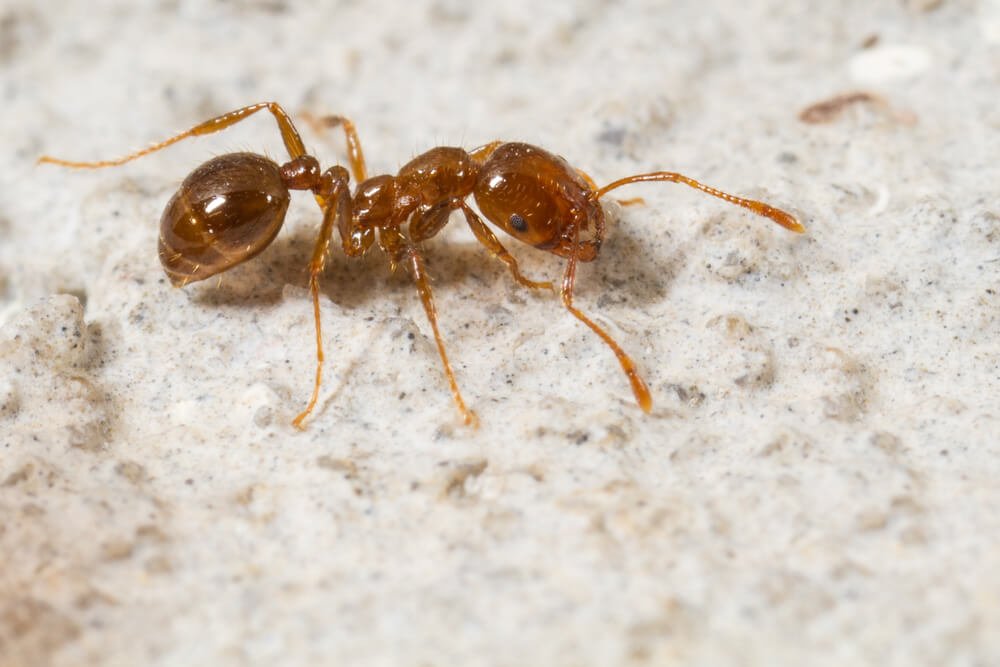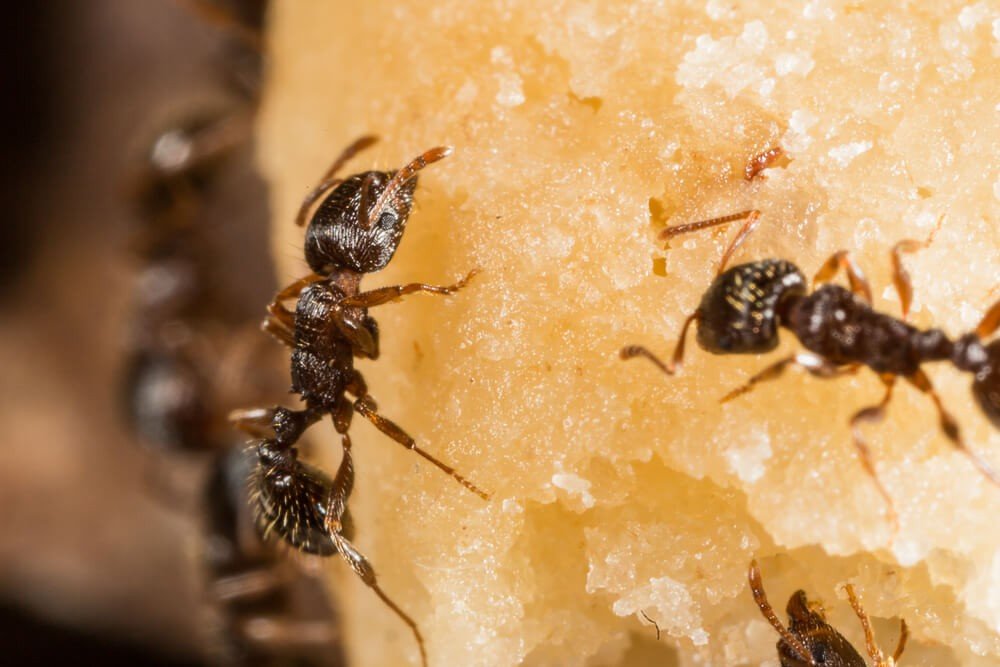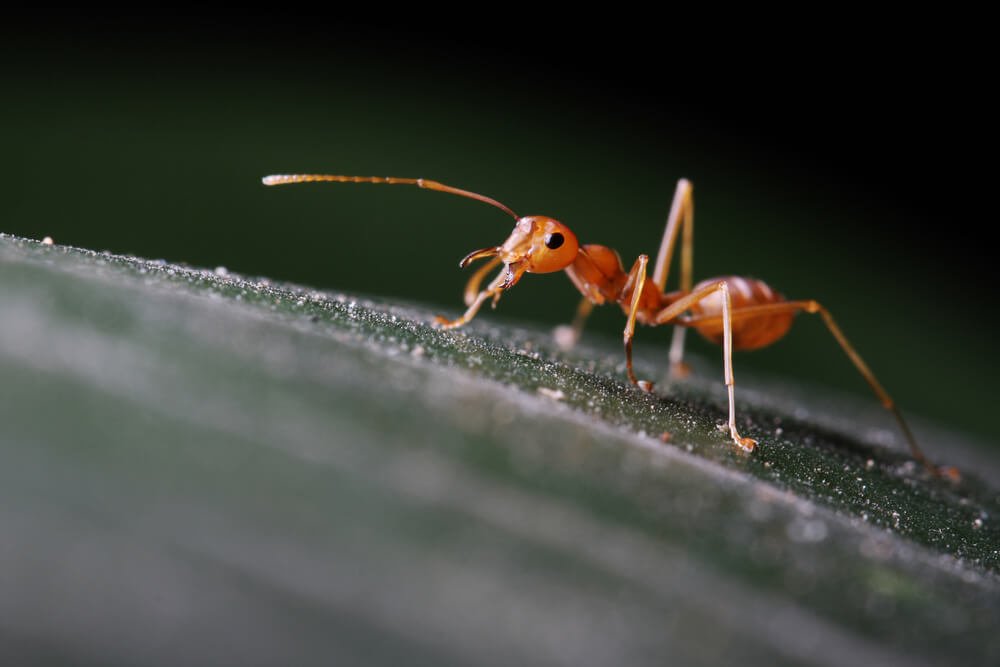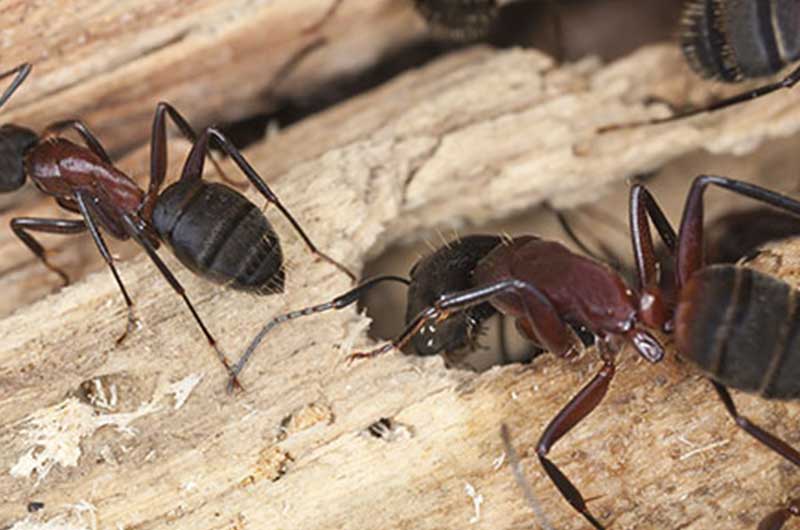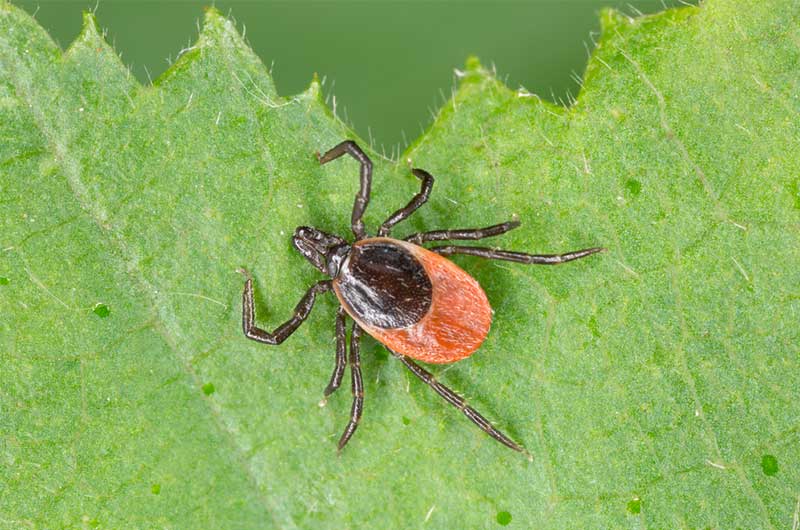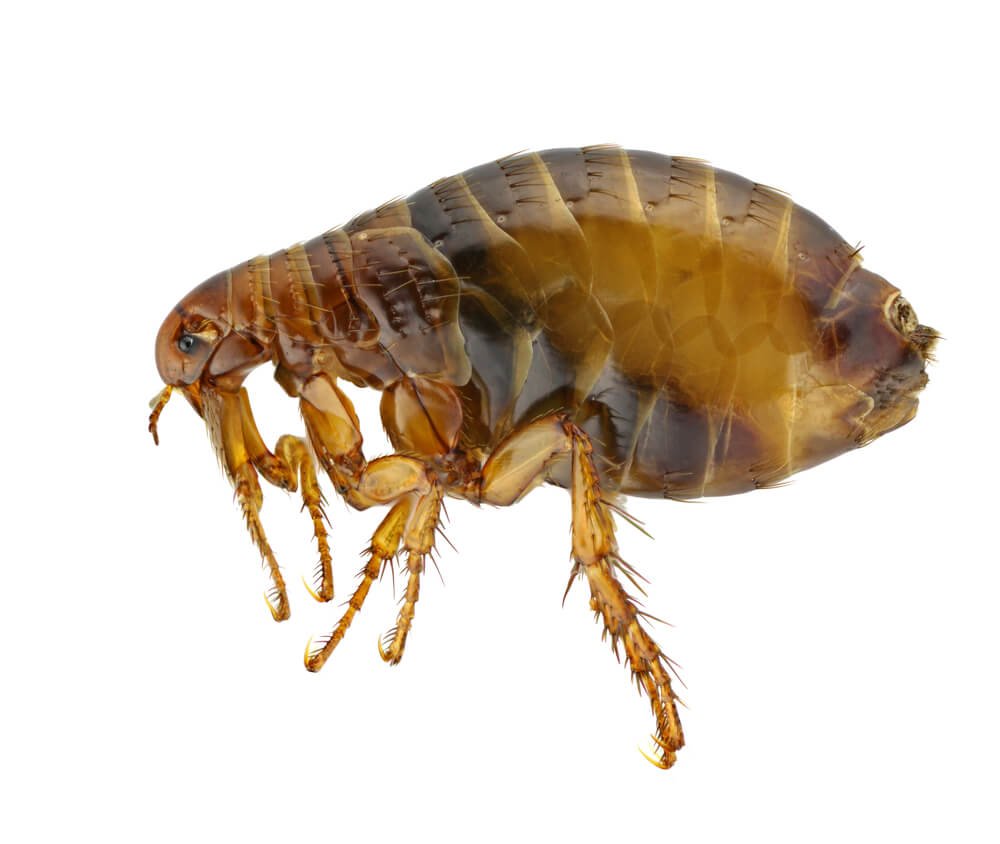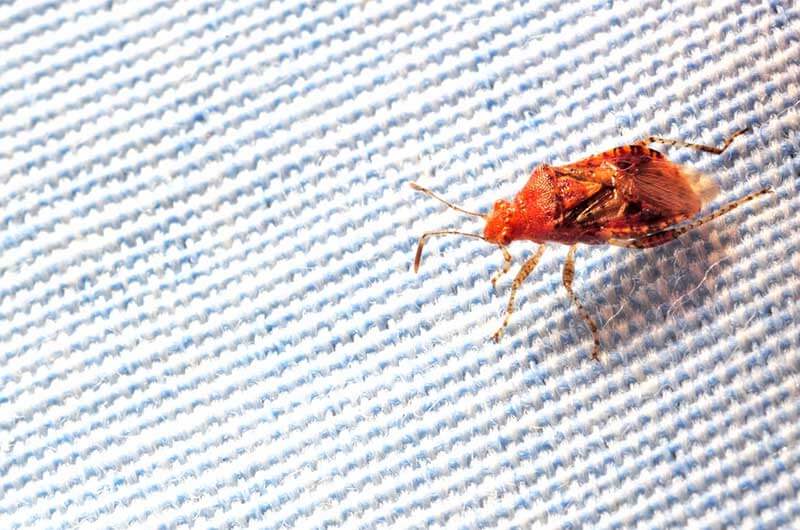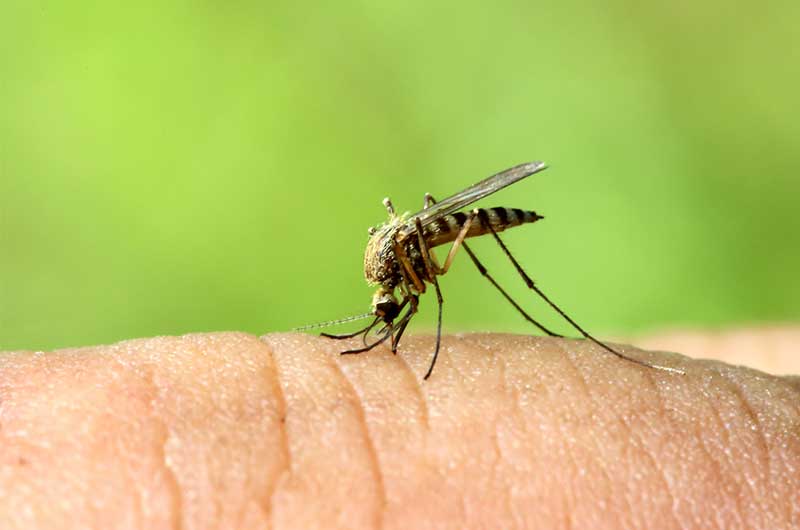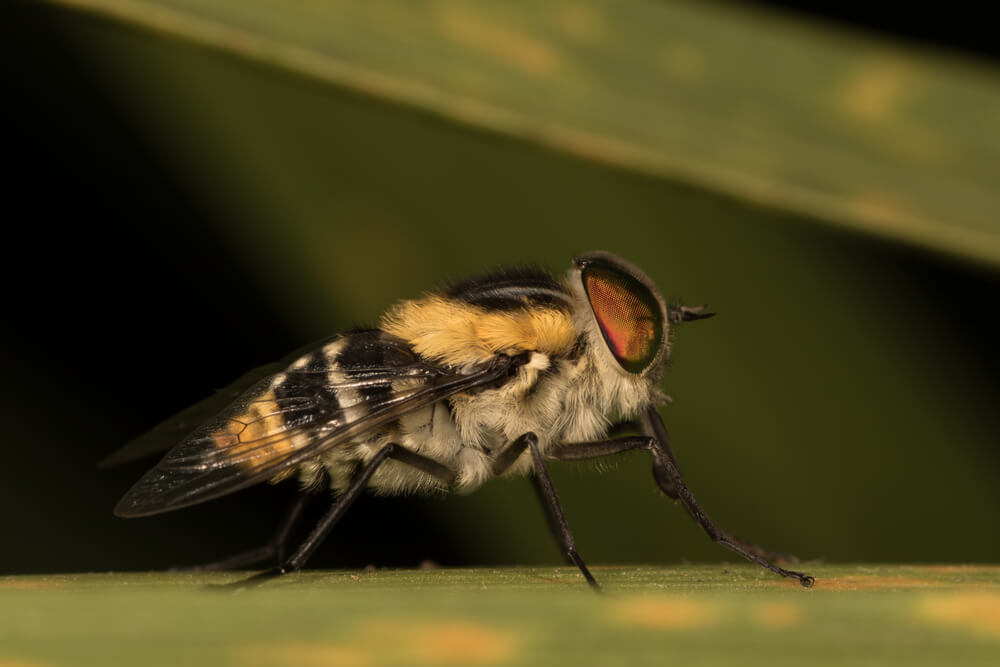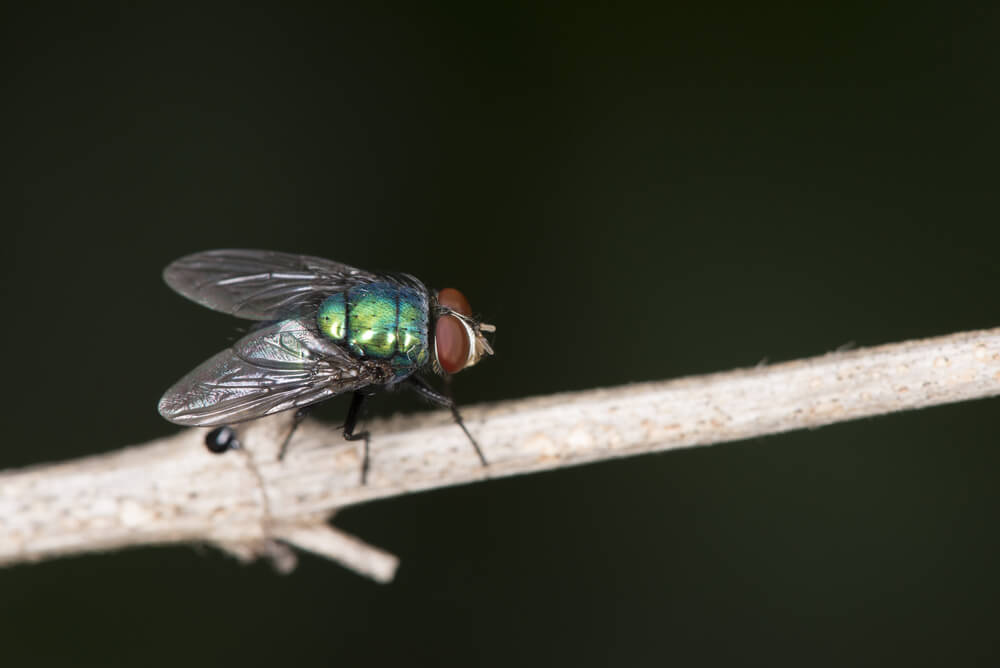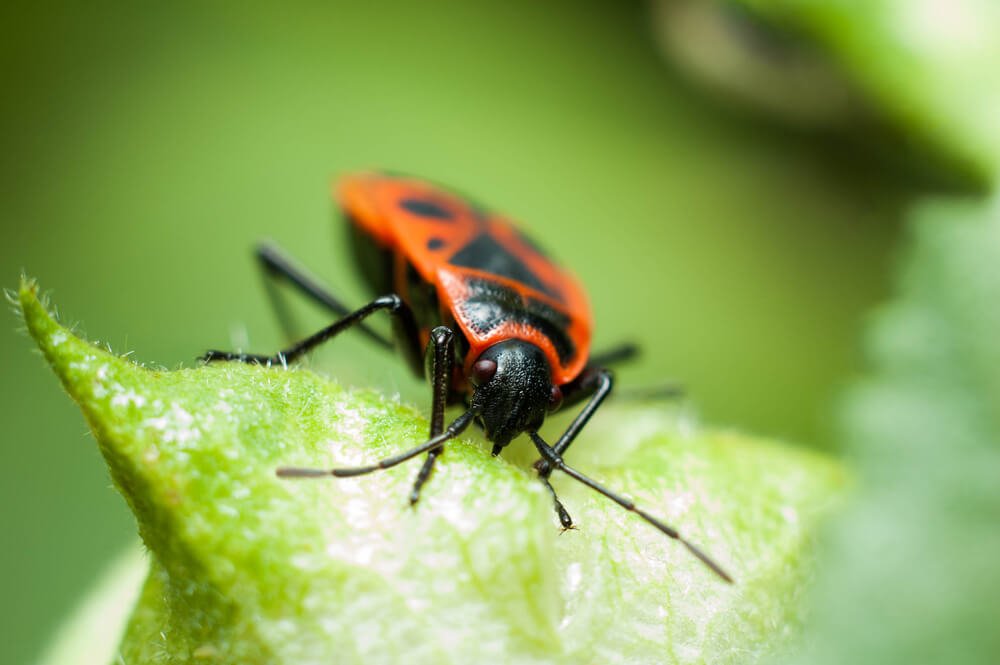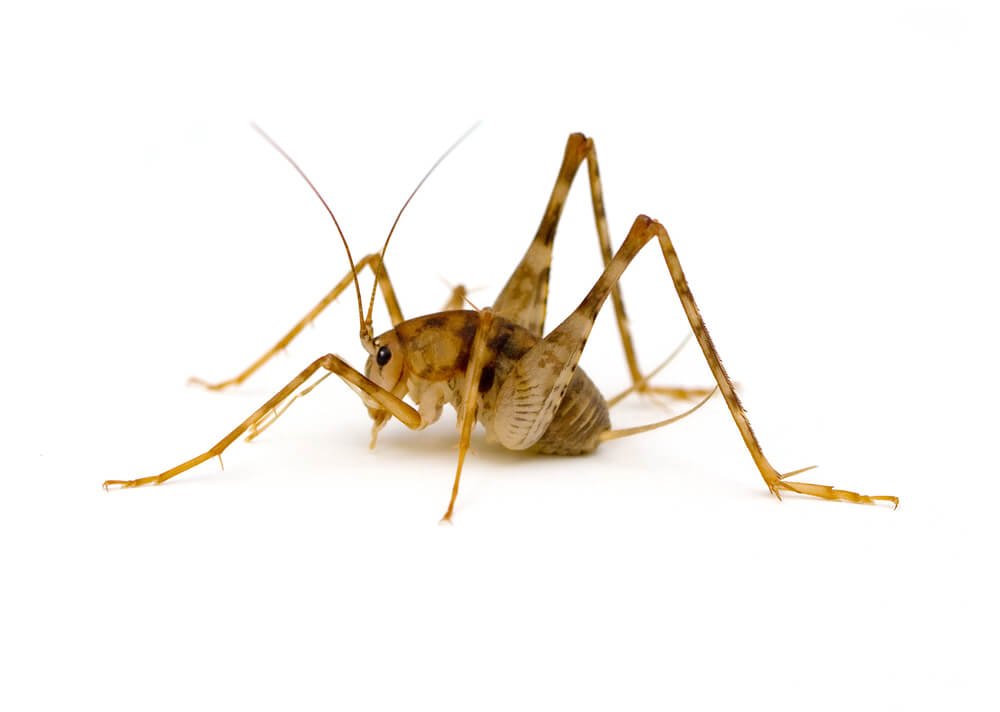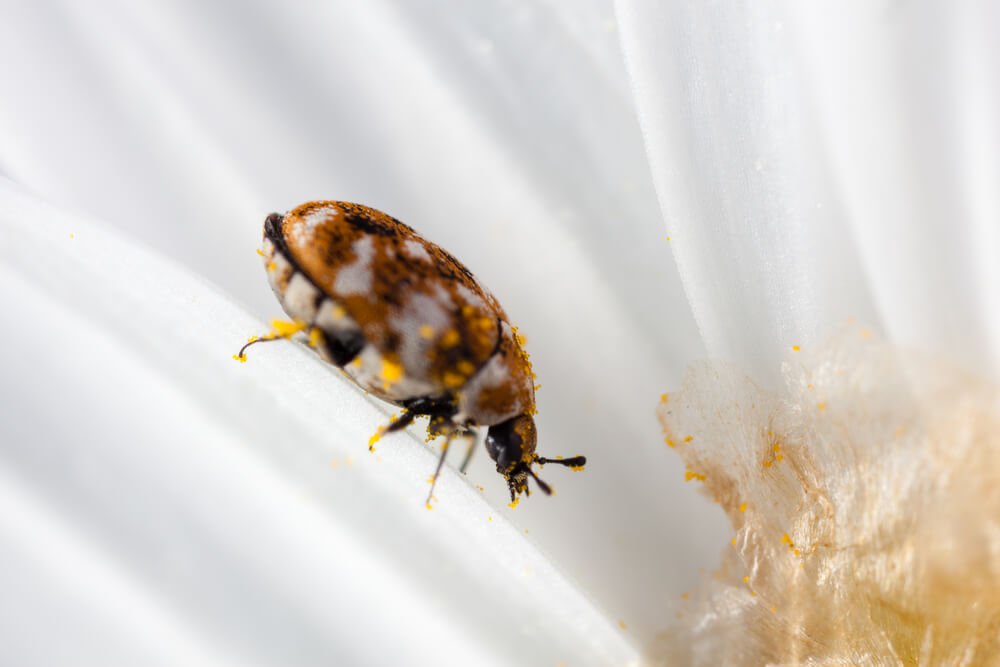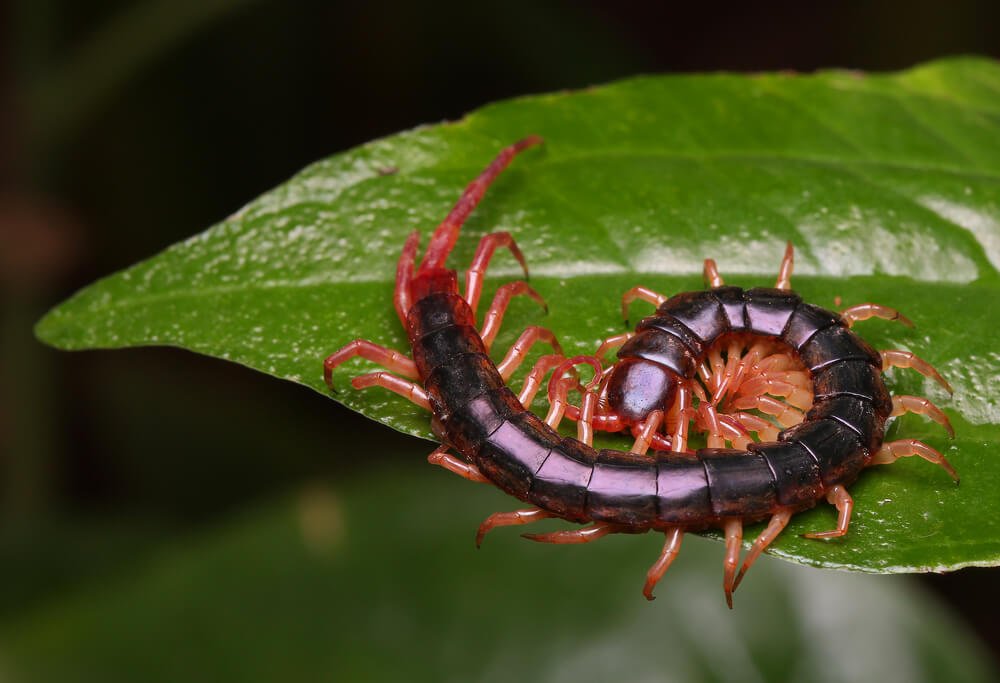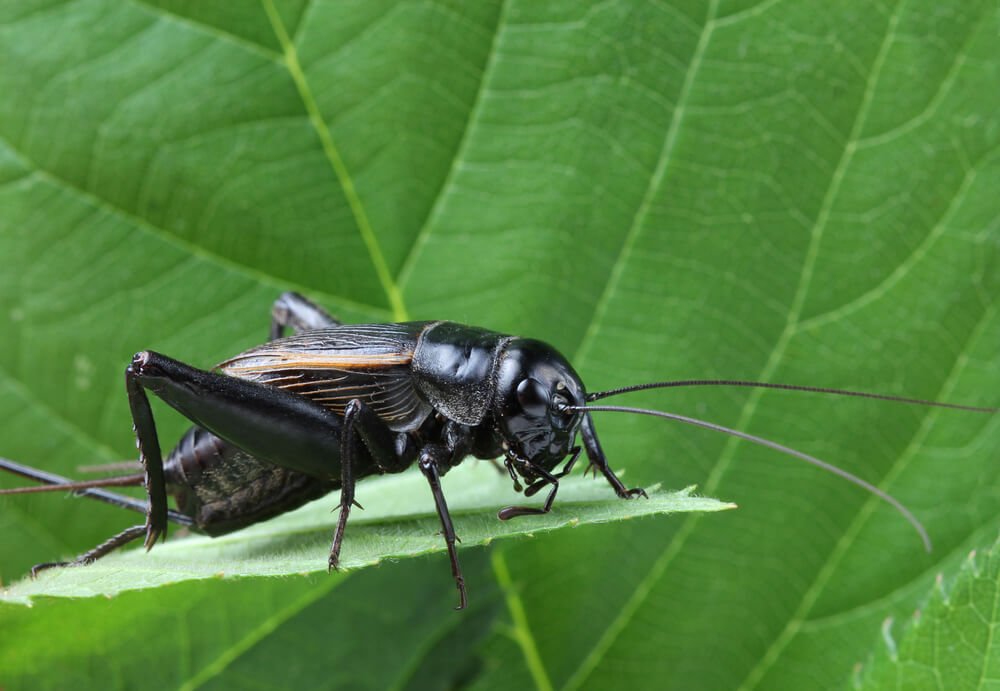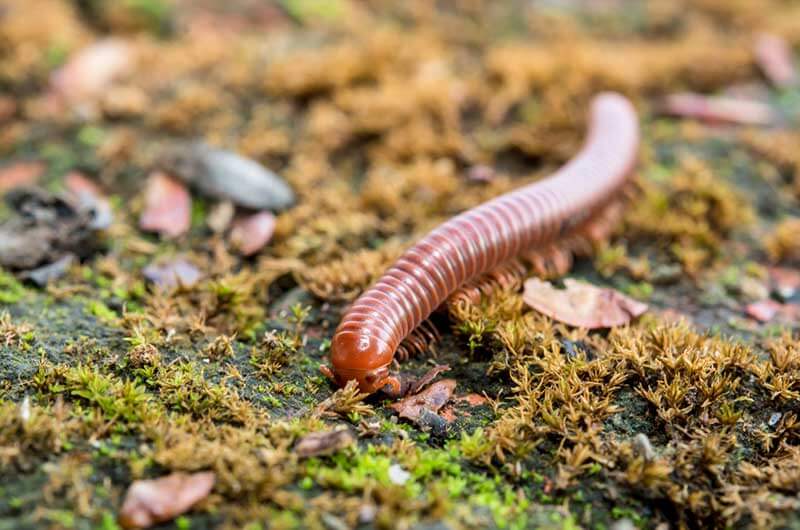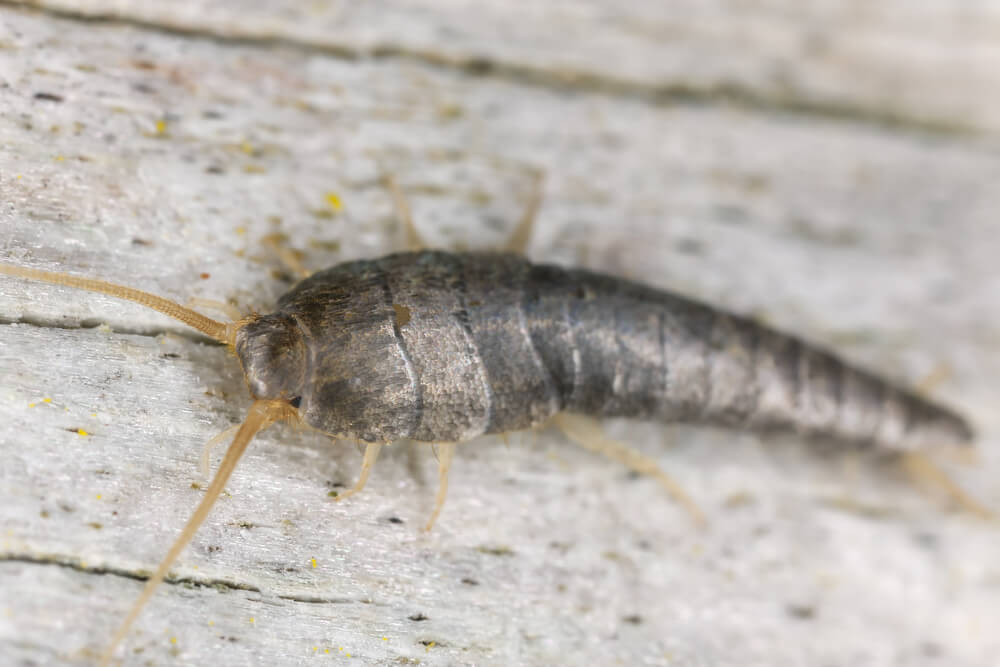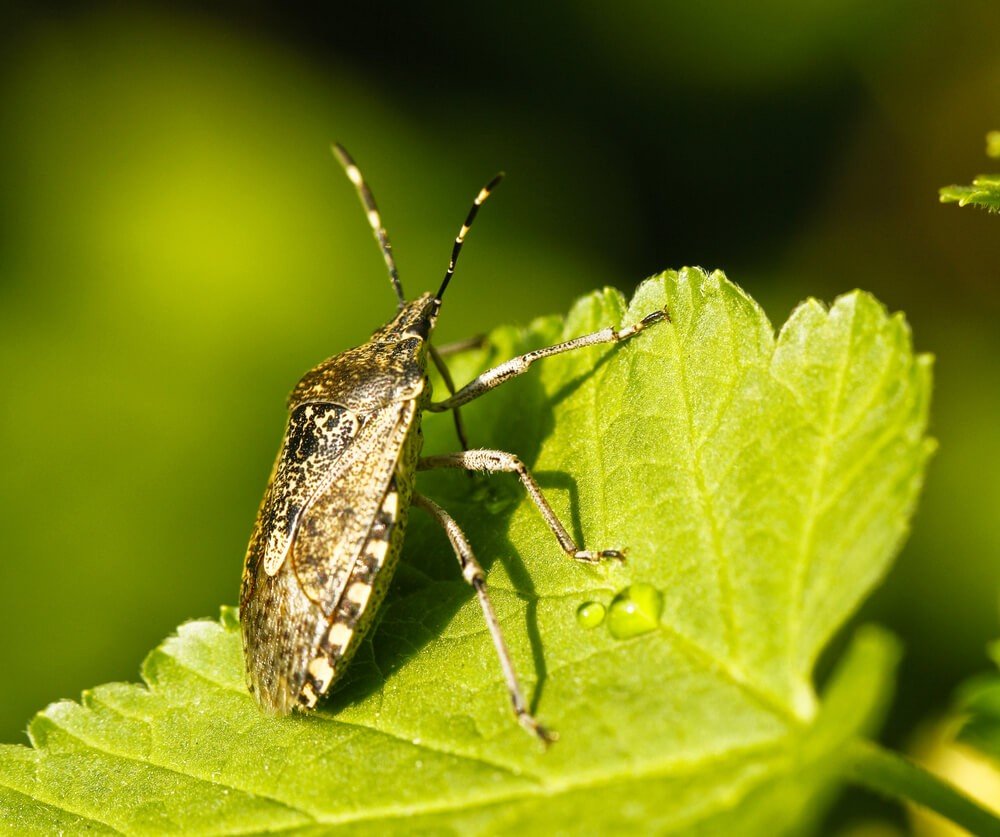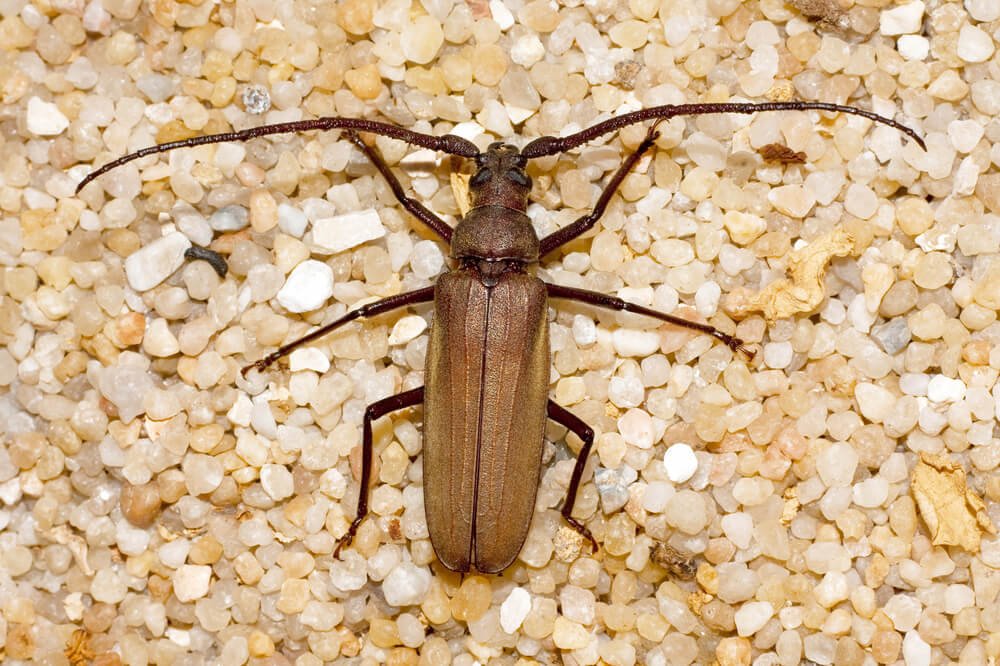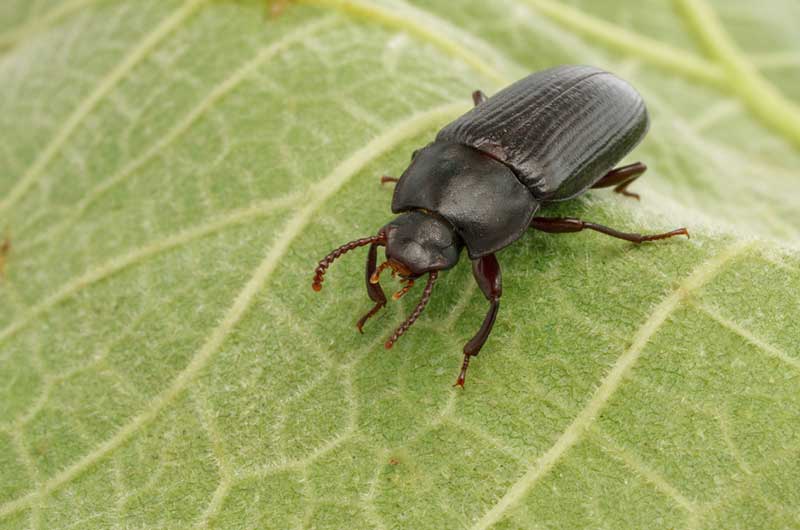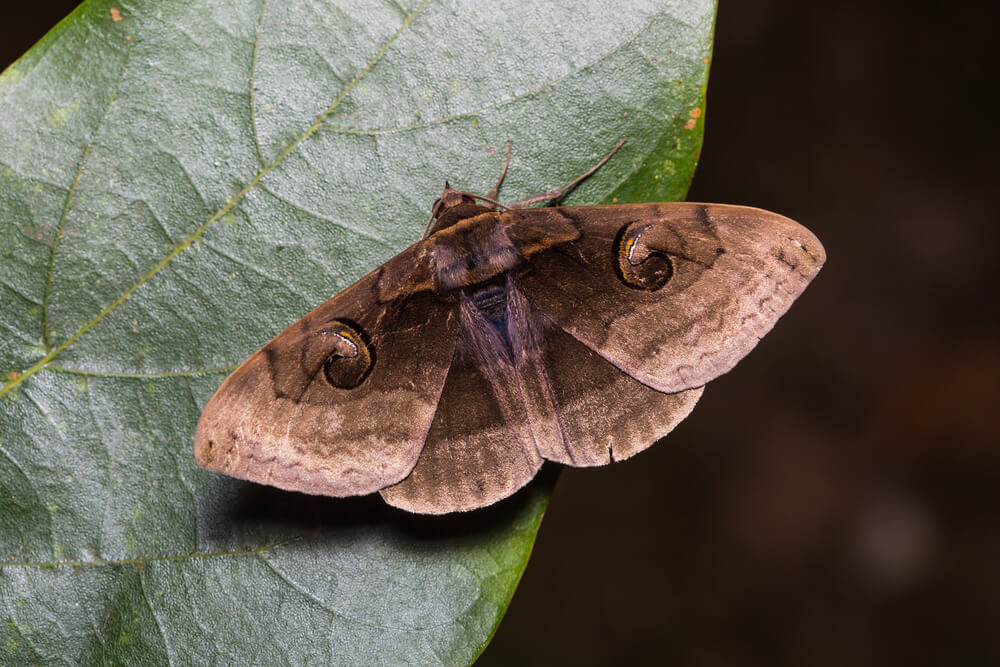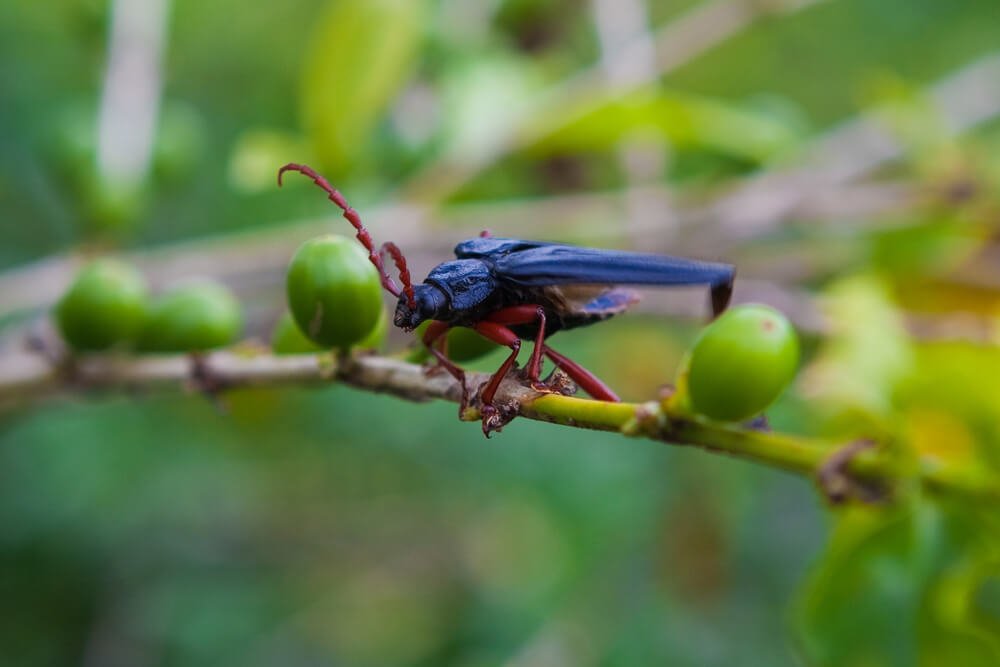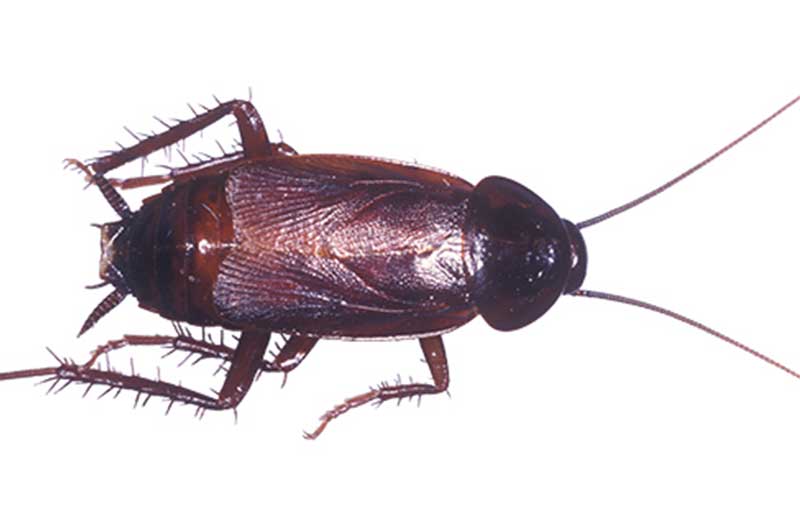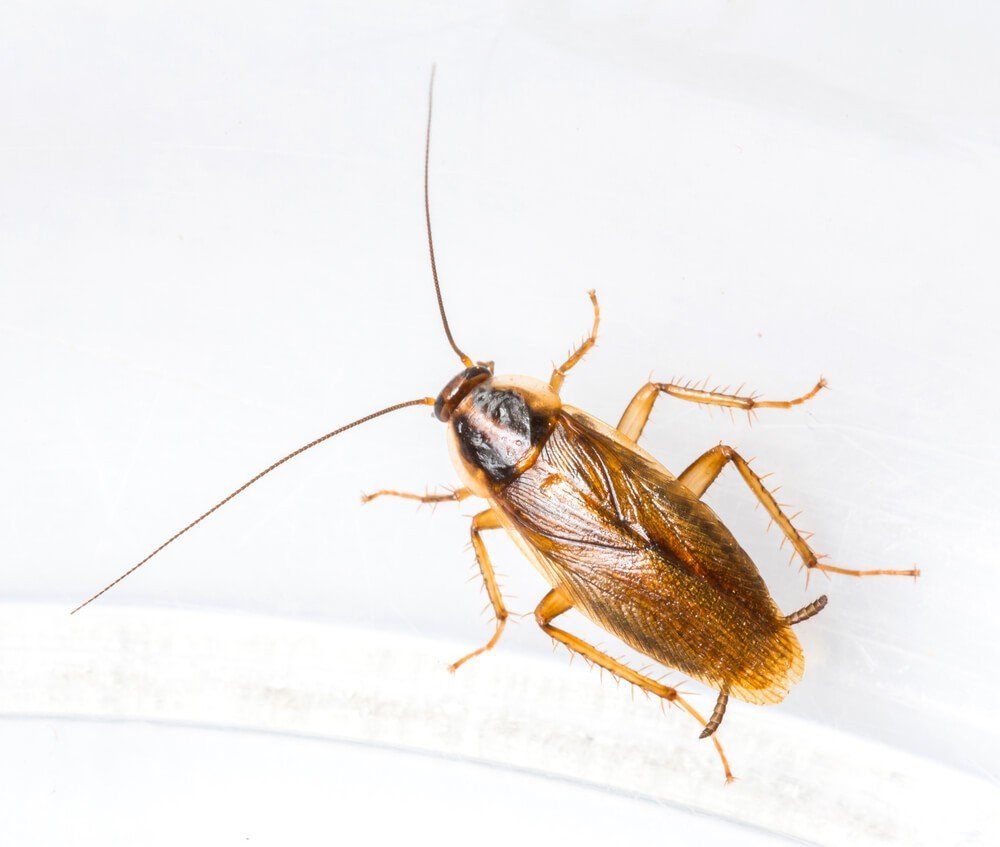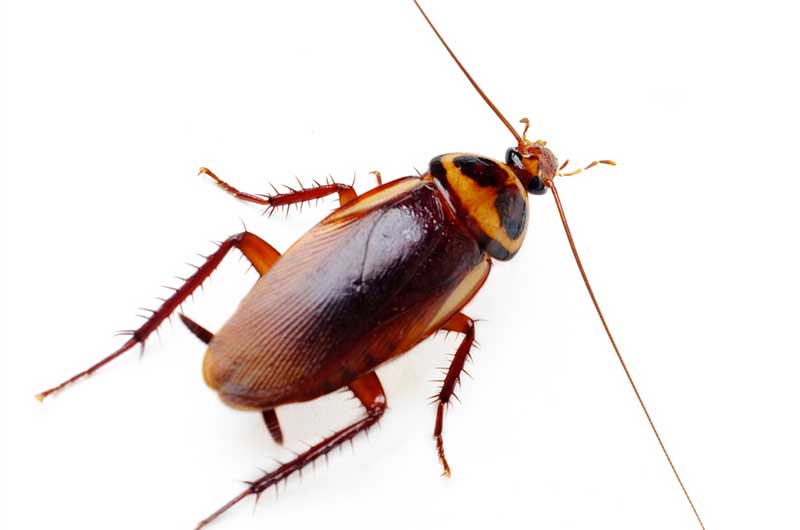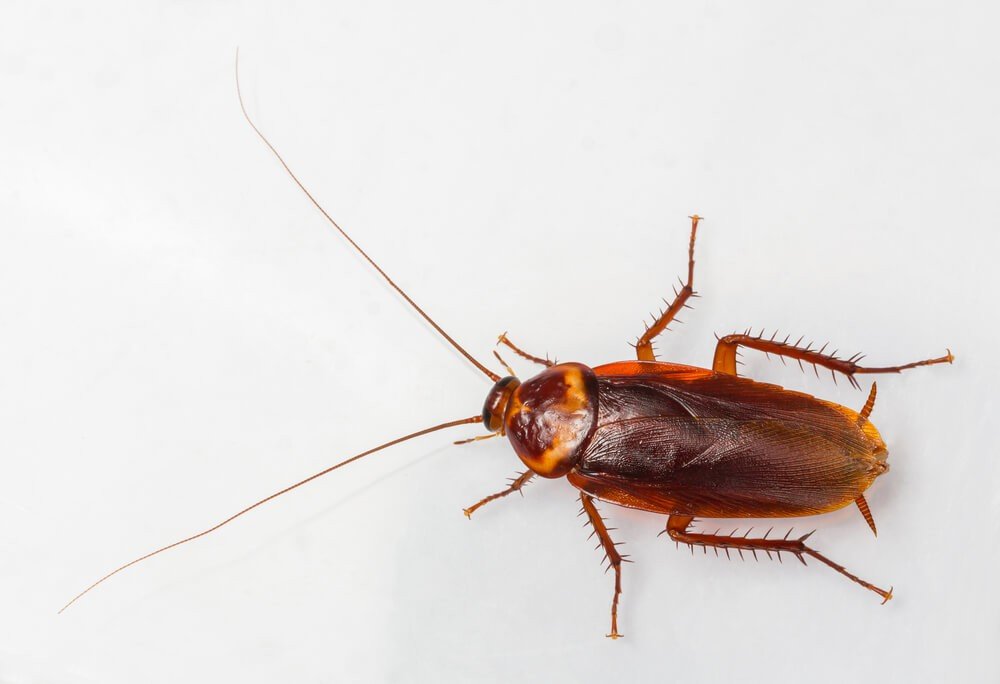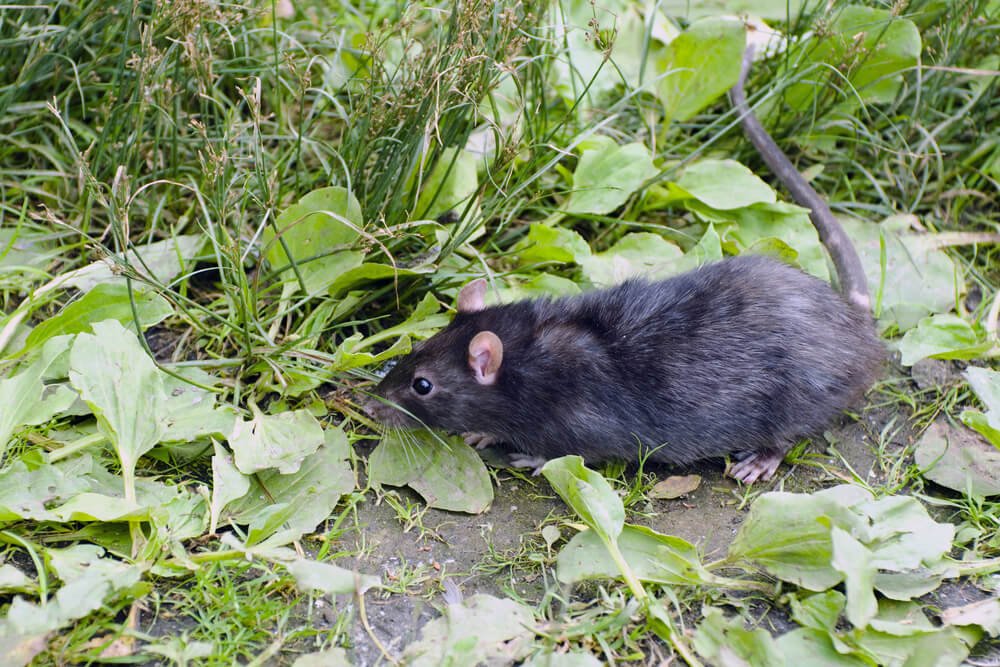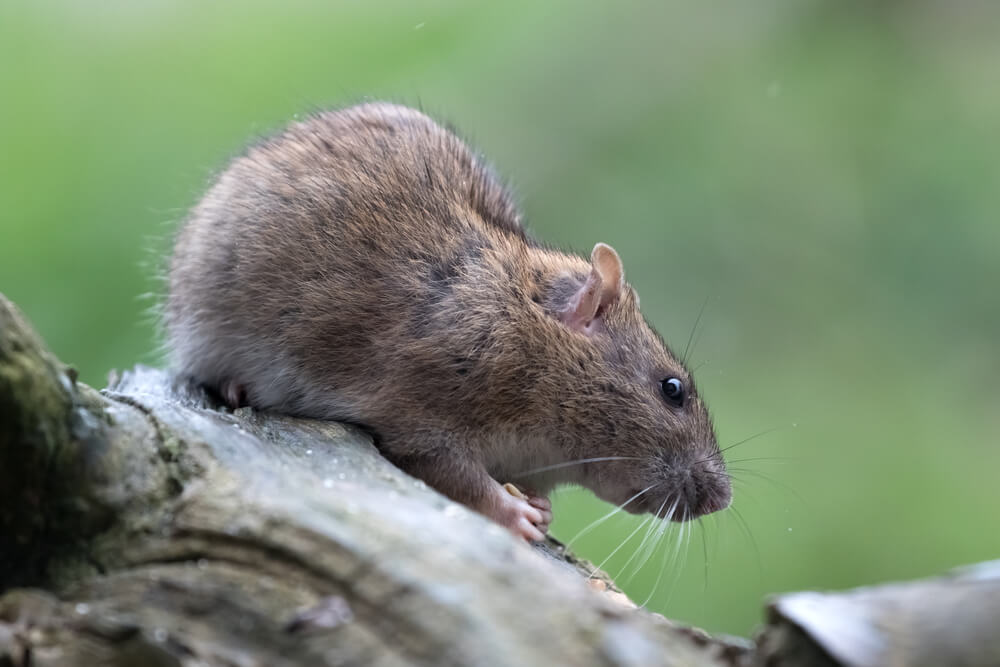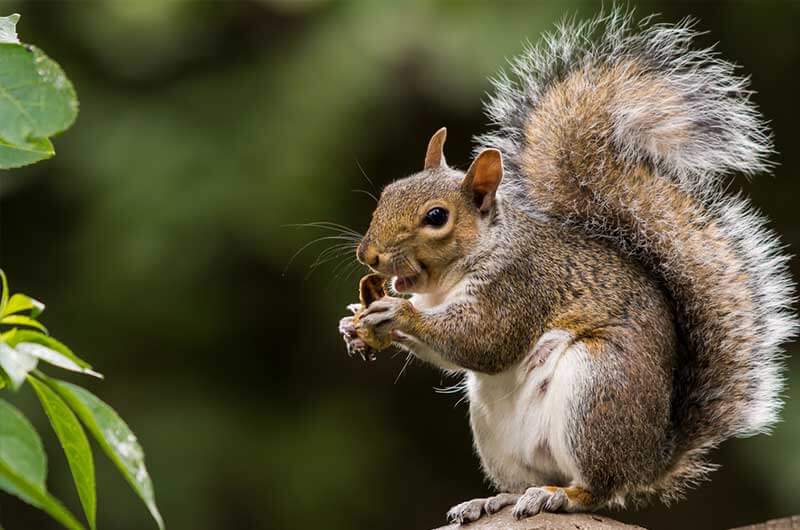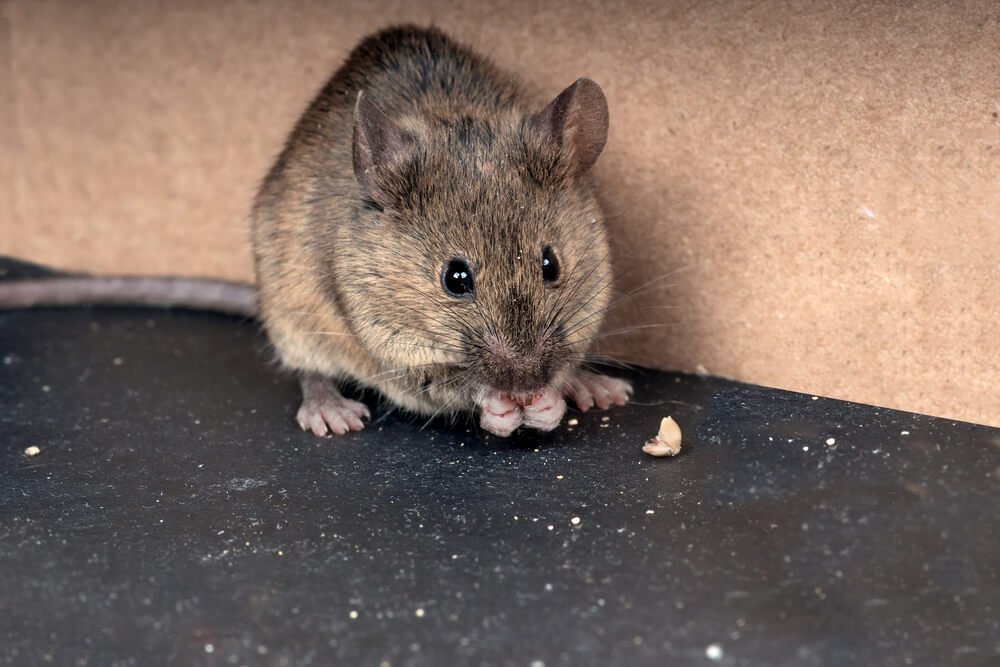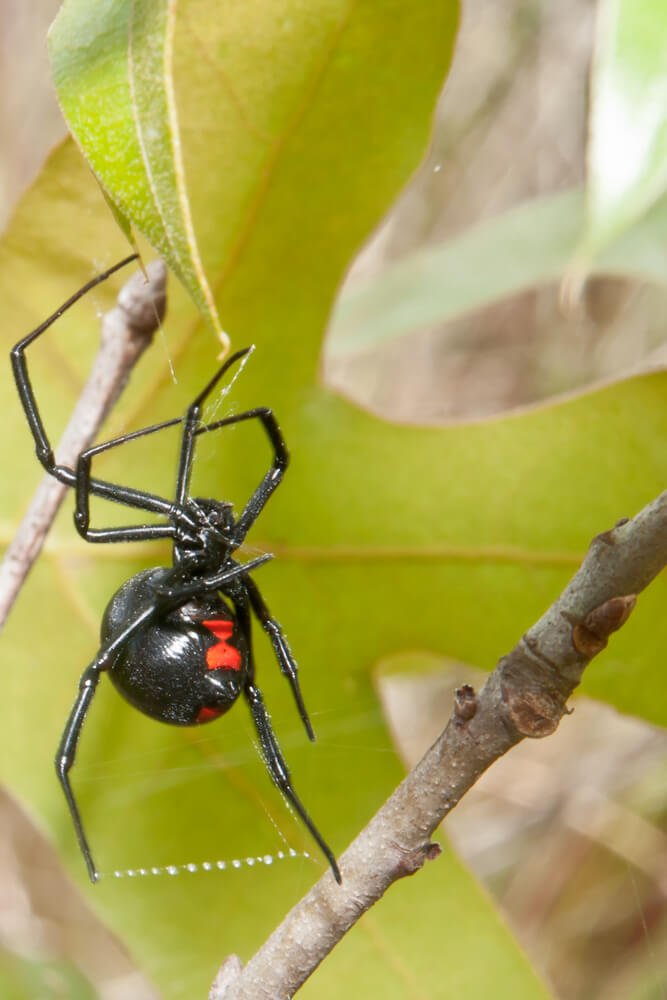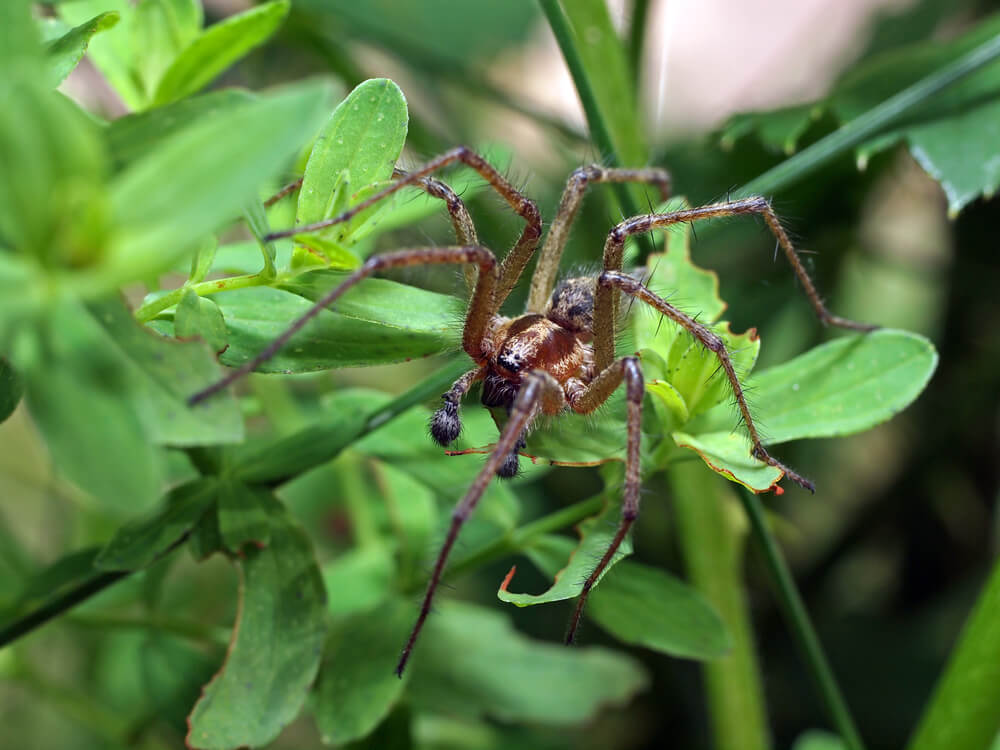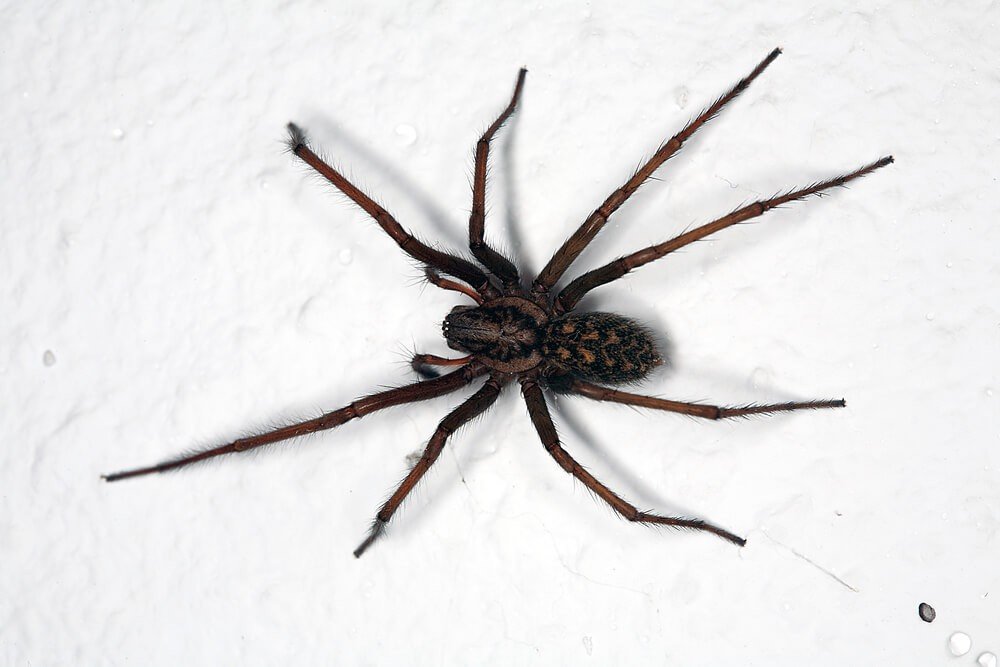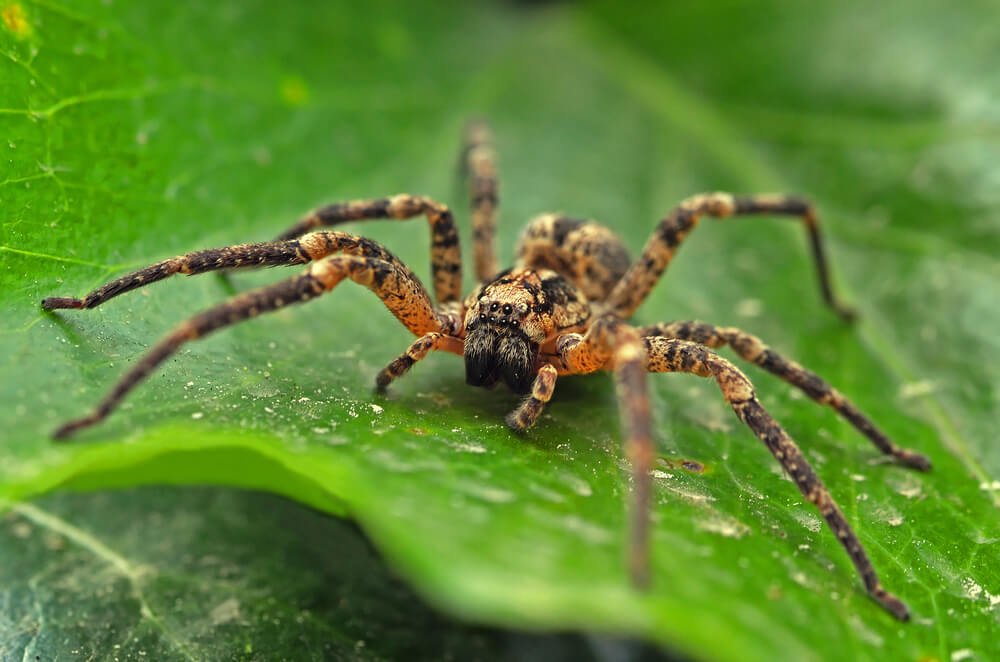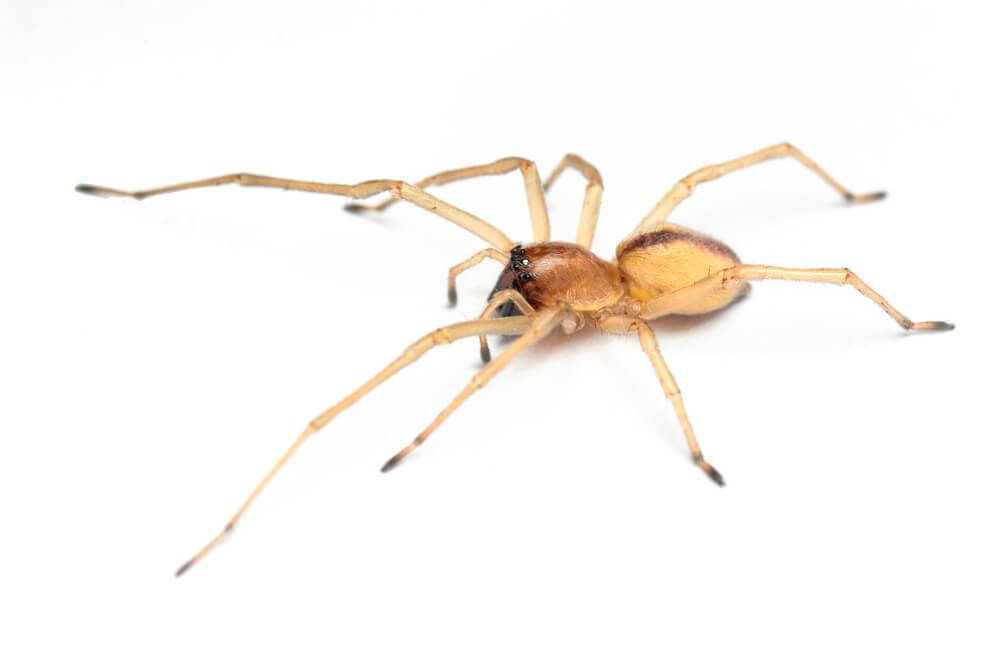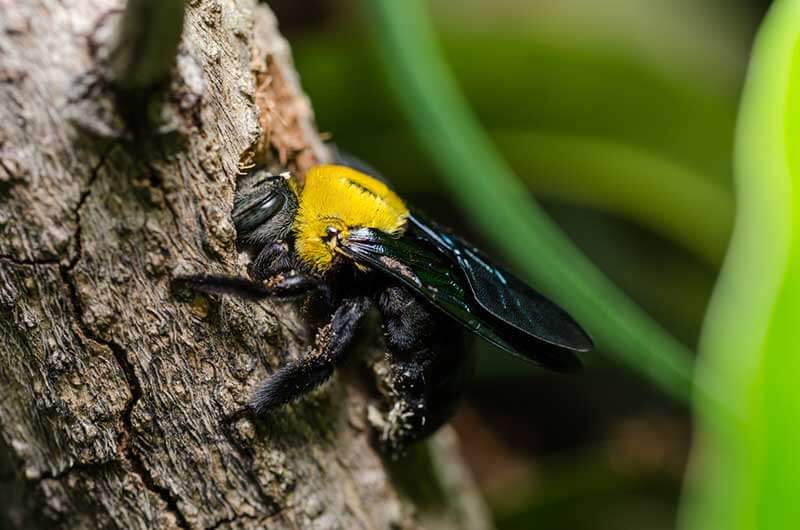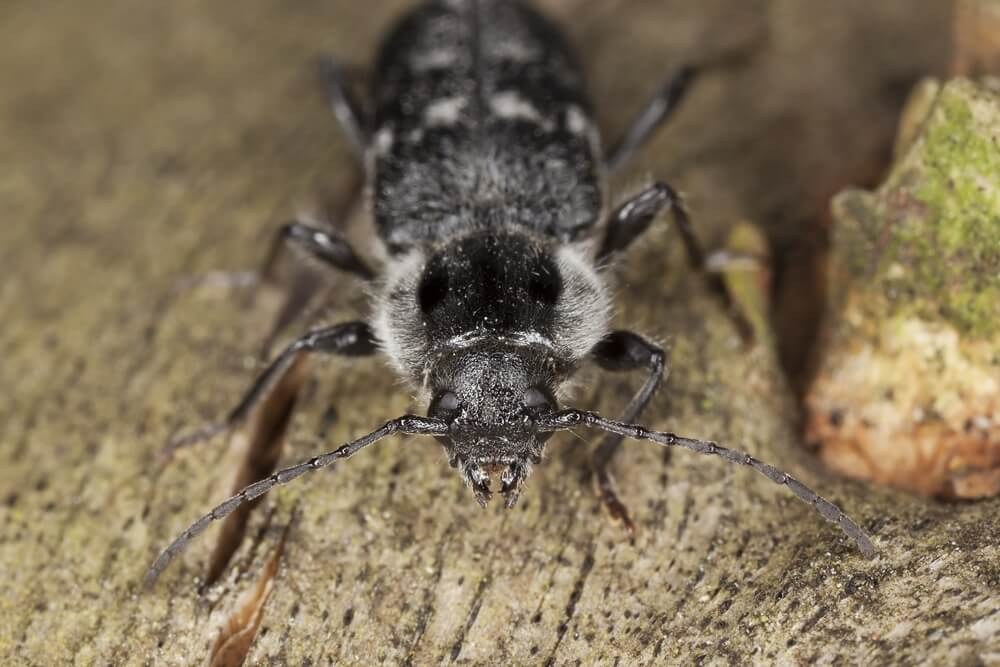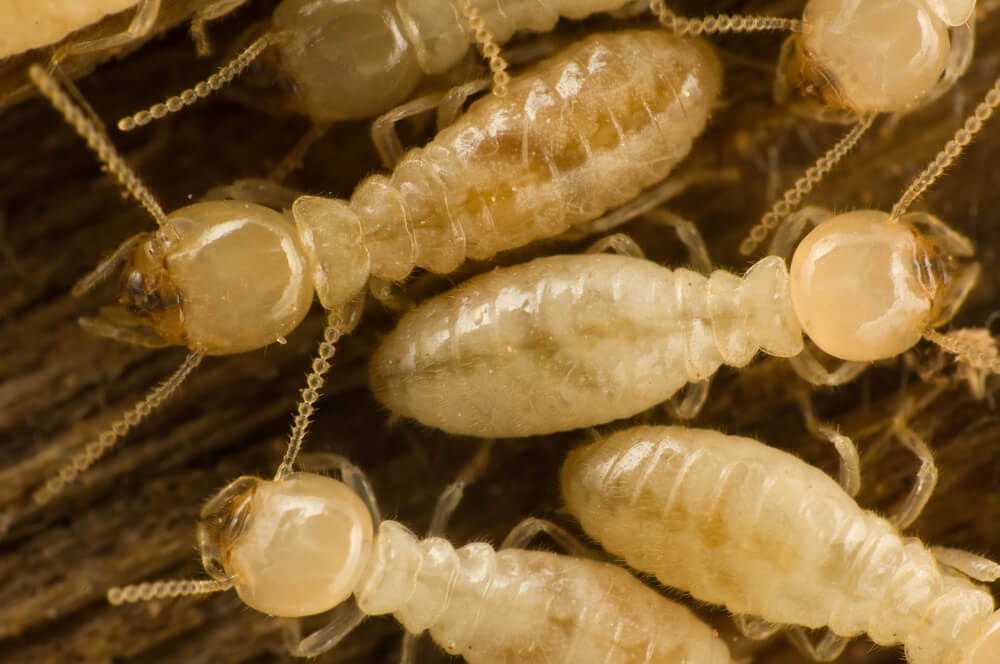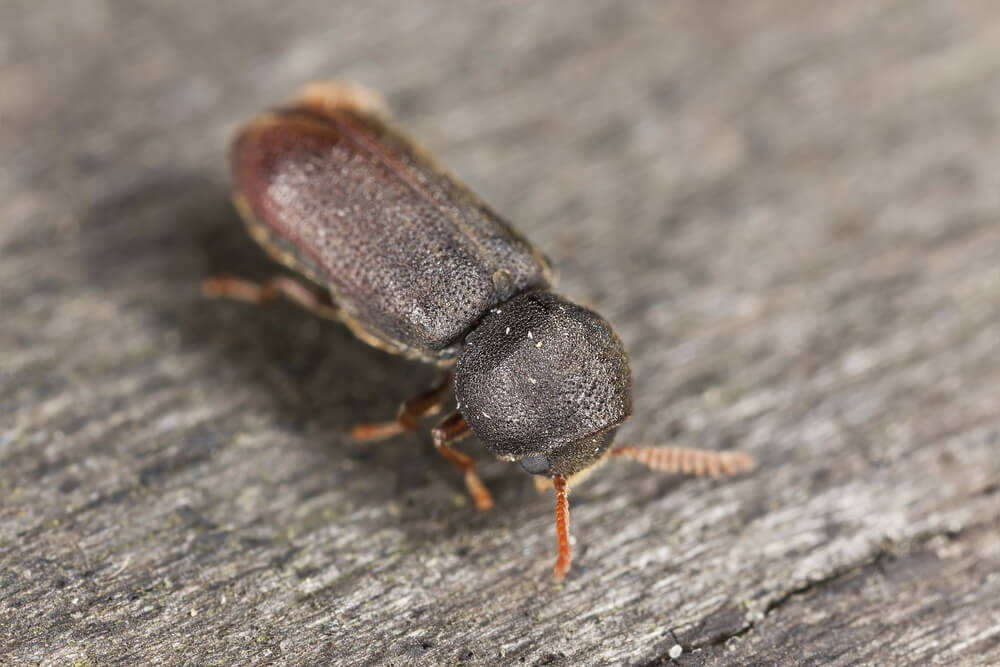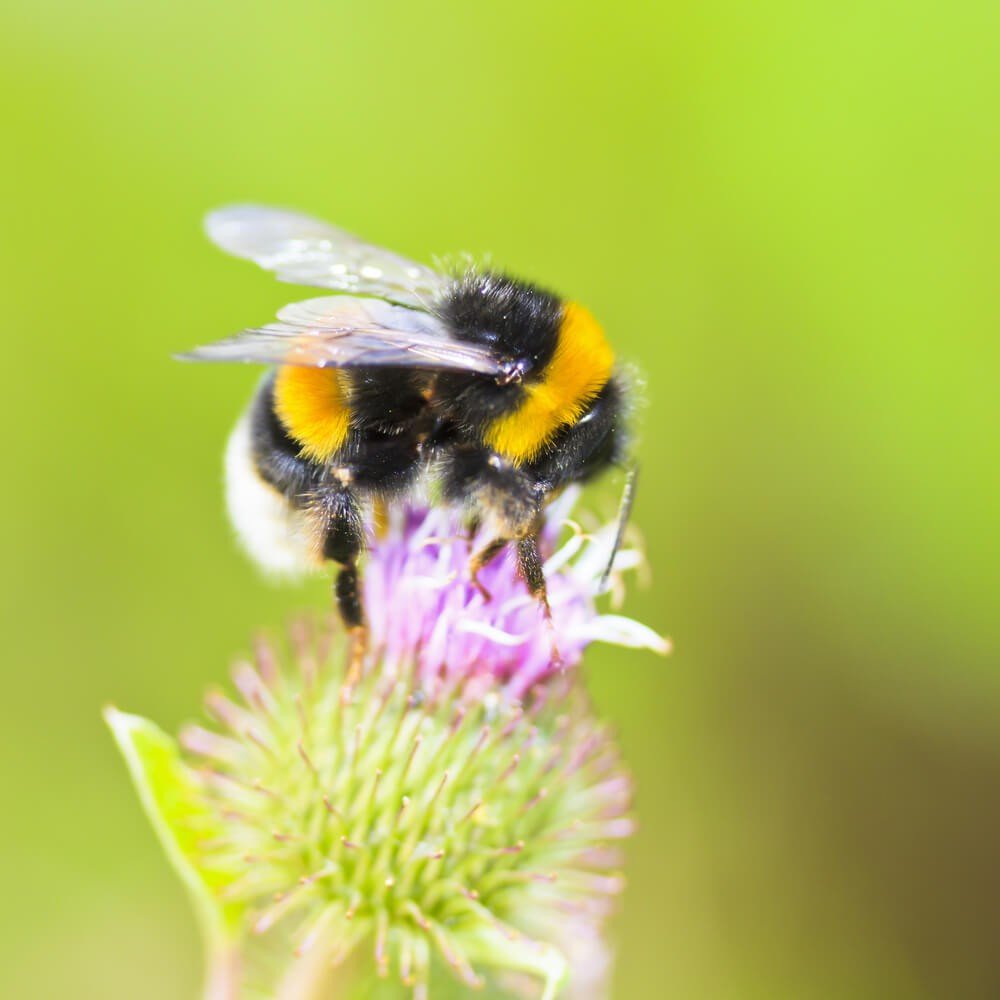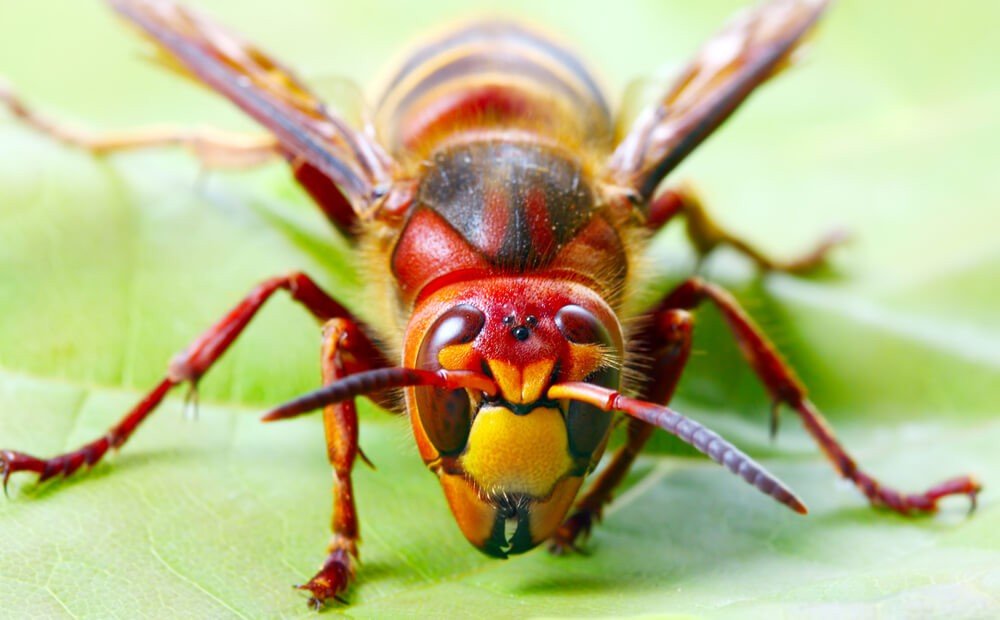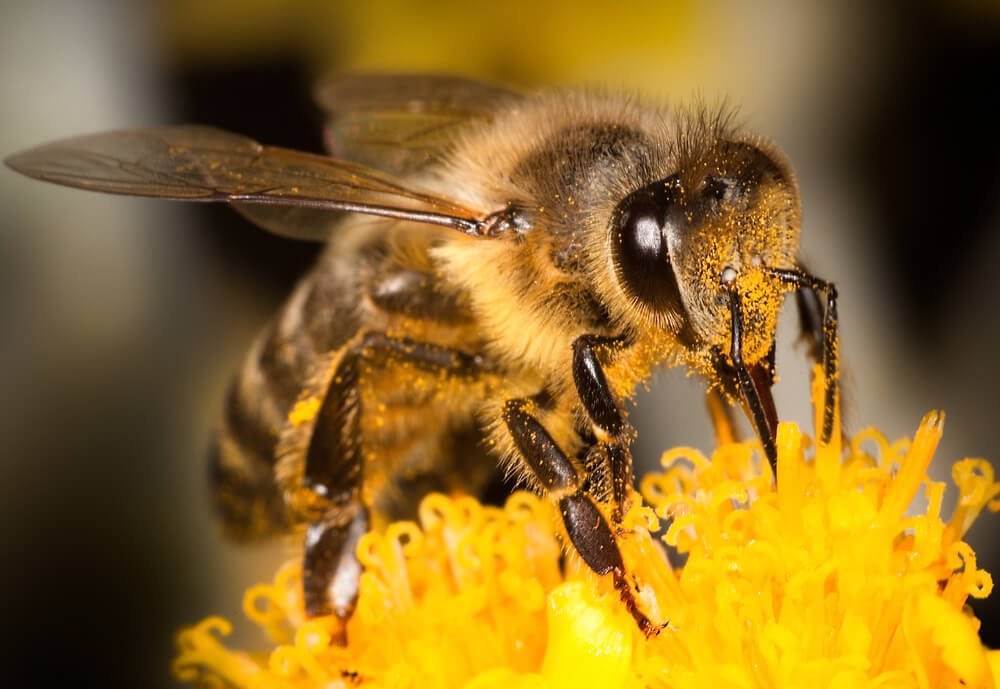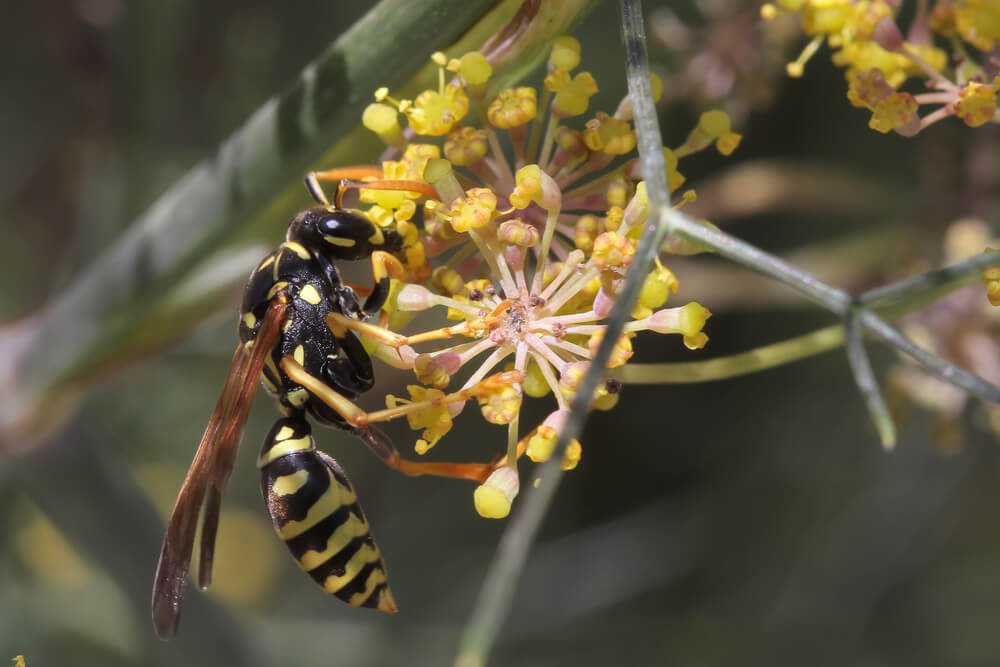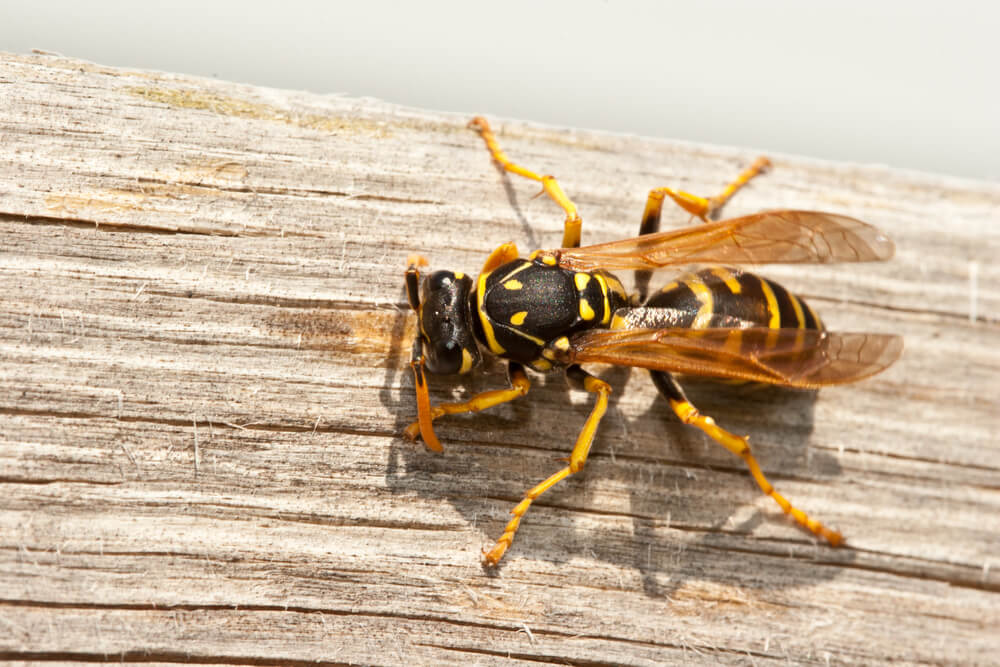What to Know About Stinging Insects
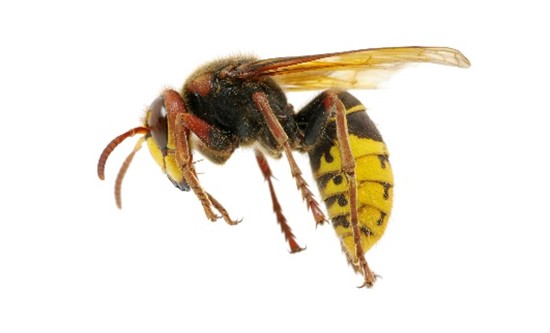
Pests are never pleasant additions to your home or property, but ones that can physically hurt you are even less so. Common insects like bees, hornets, wasps, and yellow jackets are known for stinging humans and animals when they feel threatened. They can also infest your property and discourage you from going outside if you don’t want to risk being stung.
Learn more information about these insects so you can identify them and an infestation.
Wasps
Wasps can be found across the United States, which means they could make their home in your yard no matter where you live. They are distinguished by their small size — about an inch long or smaller — and their range of colors. Wasps can be yellow, black, brown, and red. Different kinds of wasps can have different shapes, but most have small waists and are sleek.
Wasps build their nests either in trees and on buildings or in the ground. They are most active in July and August, which is the time of year when you might notice them most. If you see or hear buzzing, see a lot of wasps, or are frequently stung, you might have a wasp infestation. Wasps can be aggressive, so if you destroy their nest or come too close to it, they might sting you.
Yellow Jackets
Yellow jackets are a kind of wasp, but they’re usually thought to be different because they are starkly yellow and black, the way bees are. But yellow jackets don’t have any hair, and they are much more aggressive than bees or wasps.
They can sting repeatedly and pursue animals or people they consider to be a threat. They prey on other pest insects, which can be helpful, but when you have an infestation of them already, their presence on your property is not welcomed.
Bees
Bees are likely the most easy to identify among stinging insects. They’re commonly seen around flowers, gathering pollen, and they’re known for their round, hairy bodies. Bees have many different colors and shapes, but they are commonly fuzzy with large bodies. They can sometimes be the same size as wasps, but they differ from wasps in that they usually aren’t bothered by people.
Unless you destroy their hive, bees will likely leave you alone. And while they can sting, they most often don’t unless they are a certain kind that are more territorial. If you find a hive on your property, keep clear of it, but don’t worry too much about the bees attacking you. Most bees are fairly docile.
Hornets
In the United States, you can encounter the European hornet and the bald-faced hornet. Hornets are larger than wasps, ranging in size from 1–1.5 inches, and they have a distinctive yellow, brownish-red, and black pattern on their bodies.
Like wasps and yellow jackets, hornets can be quite aggressive. They communicate with each other and express alarm about threats by secreting a pheromone on threats. Then other hornets know to attack the target of the pheromone.
Hornets often build their nests in dark places, which could be a hollow tree trunk on your property or any dark, covered space insects might have access to. In order to avoid being stung rapidly and repeatedly, stay away from any dark areas where you hear buzzing. Instead, call a pest control company and let them handle the de-infestation.
Summer is the most active time for these stinging insects. If you notice an overabundance of them on your property or if you’ve been stung repeatedly or consistently, you might have an infestation. Contact PermaTreat Pest and Termite Control for fast and reliable pest control services in Virginia. We’ll take care of any stinging insects on your property.






